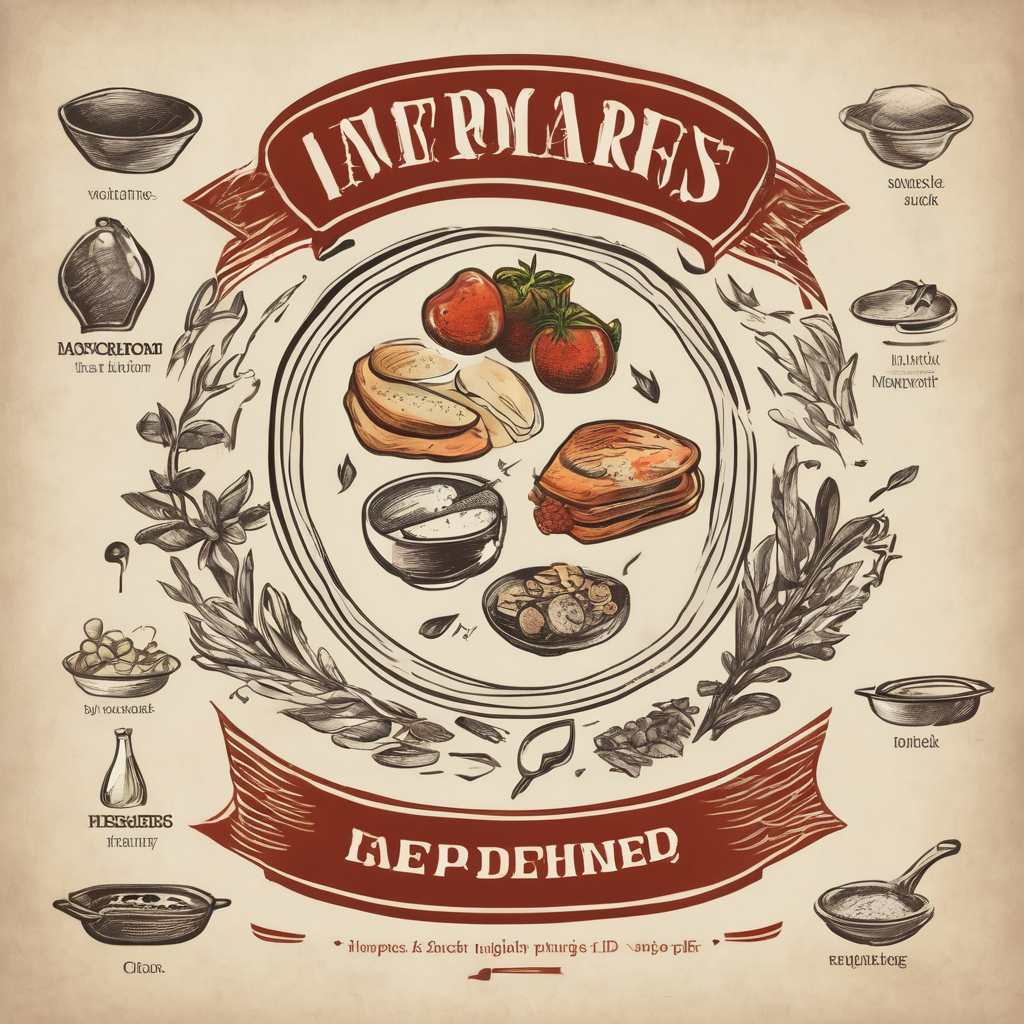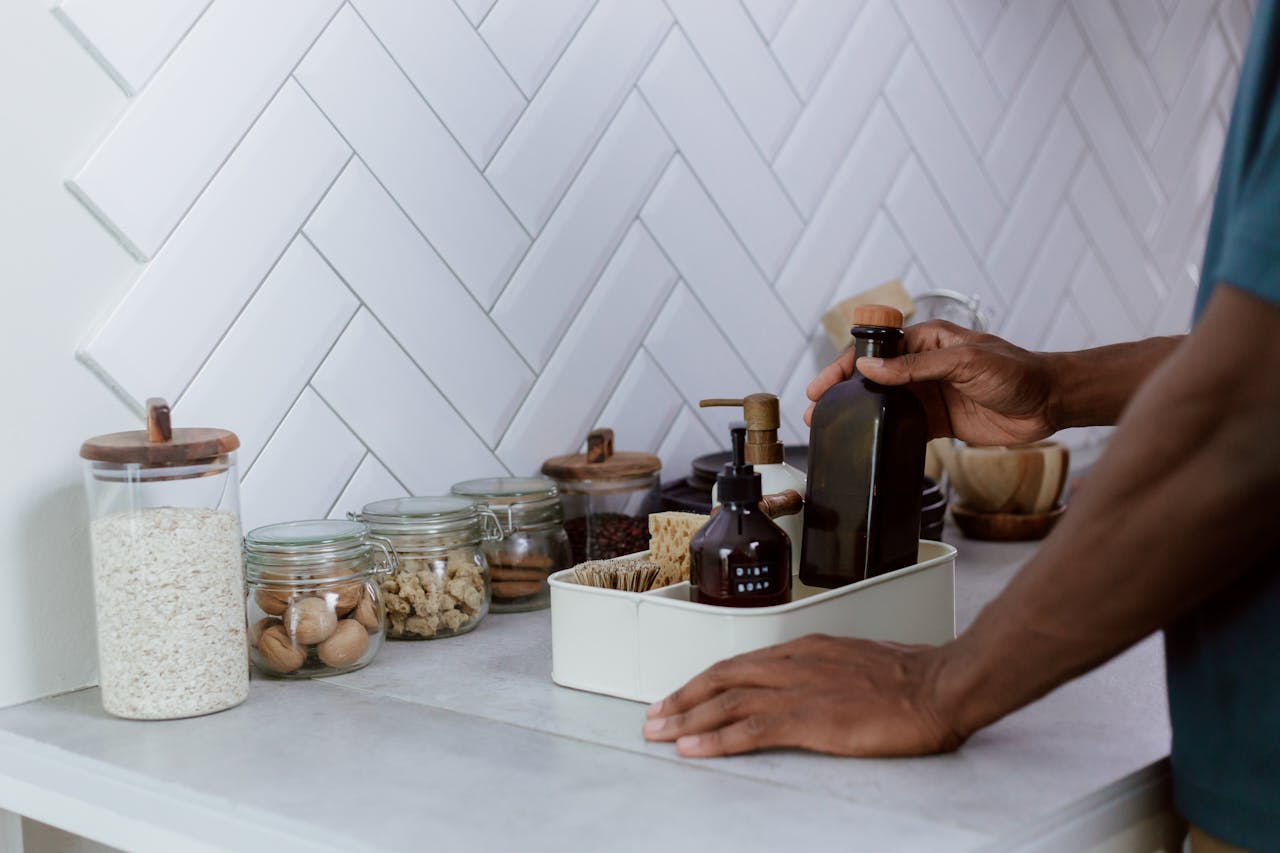What is the role of portion control tools in a slim kitchen setup?
Portion control is a crucial aspect of maintaining a healthy diet and achieving weight loss goals. It refers to the practice of consuming a specific amount of food, tailored to meet an individual’s nutritional needs. However, measuring food portions accurately can be a daunting task, especially without the appropriate tools. Portion control tools are essential to keeping track of the food we consume and help us strike a balance between what we eat and our health and wellness goals.
In today’s modern kitchen setup, these tools have become vital for a more significant number of people aiming to lead healthier lives, and for anyone who is trying to keep their weight in check. This article aims to shed light on the role of portion control tools in a slim kitchen setup.
Also read : What are the essential herbs to grow in your kitchen for low-calorie cooking?
Understanding Portion Control
Before delving into the role of portion control tools, it’s essential to understand the concept of portion control. It revolves around the amount of food served on a plate during a meal. Understanding portion control is crucial, especially when you’re dining out or eating pre-packaged meals, as restaurant and fast-food portions tend to be larger than recommended serving sizes.
Portion control is not just about eating less. It’s about eating smart. It involves consuming a balanced blend of nutrients at every meal, taking into account the size of your portions. This practice helps maintain a healthy weight, manage food intake, and promote a balanced diet.
In parallel : What are the essential herbs to grow in your kitchen for low-calorie cooking?
While it’s relatively easy to control your portions at home, it can be more challenging in a restaurant setting where large portions are the norm. This is where portion control tools come in handy.
The Necessity of Portion Control Tools
If you’re intent on controlling your food intake for health or weight control purposes, portion control tools are essential. These tools come in various types and sizes, ranging from basic measuring cups to more sophisticated digital food scales. They’re designed to help you gauge how much you’re eating accurately, assisting you in adhering to a healthy diet.
These tools are crucial for people trying to maintain a specific diet, whether it’s low-carb, high-protein, or a balanced meal plan. By measuring your food accurately, you’ll have a better idea of how much you’re consuming, making it easier to stick to your dietary goals.
Portion control tools are also great for anyone who’s looking to shed a few pounds. By measuring your servings, you can help ensure that you’re not consuming more calories than you burn, which is key to weight loss.
Portion Control Tools: A Key Component of a Slim Kitchen Setup
In a slim kitchen setup, portion control tools are more than just helpful aids—they’re a fundamental part of the setup. Having a set of measuring tools at your disposal can make meal preparation more straightforward and ensure that your portions stay within the recommended sizes.
From measuring cups and spoons to food scales, these tools help you measure specific amounts of ingredients accurately. This not only aids in controlling portion sizes but also in following recipes correctly, leading to more successful cooking outcomes.
Additionally, some portion control tools also come with guidelines or charts, providing valuable information about portion sizes for different food groups. This can be especially beneficial for those new to portion control or anyone who wants to ensure they’re getting a balanced diet.
Making the Most of Portion Control Tools
To truly incorporate portion control into your lifestyle, and to make the most of these tools, it’s crucial to know how to use them correctly. Familiarize yourself with the sizes and measurements of your tools – a tablespoon, a cup, an ounce, and so on.
When using a food scale, make sure to zero out the scale with your plate or bowl on it before adding food. This ensures that you’re only measuring the food, not the container. Also, always measure your food as you prepare it, not after it’s been cooked. Cooking can cause foods to lose water, which can change their weight and skew your measurements.
Additionally, it’s important to be mindful of your portion sizes even when dining out or eating pre-packaged meals. Many restaurants serve portions that are significantly larger than recommended sizes, and pre-packaged meals often contain multiple servings. In such cases, use your knowledge of portion sizes to estimate how much you should eat, and consider packing up the rest for another meal.
In conclusion, portion control tools play an integral role in maintaining a slim kitchen setup. They help ensure that your portion sizes are on track, aid in weight management, and promote healthier eating habits. By understanding and making the most of these tools, you can take a proactive step towards leading a healthier and more balanced lifestyle.
The Influence of Portion Control Tools on Eating Habits
Incorporating portion control tools into your daily routine can significantly influence your eating habits. These tools, such as measuring cups, food scales, and even portion control plates, bowls, and serving utensils, can help you manage your portion sizes effectively and make healthy food choices easier.
One key aspect is understanding that a portion is not necessarily the same as a serving. A serving size is a standardized measurement of food, such as a cup or an ounce, while a portion is the amount of food you choose to eat, which can be more or less than a serving. This is where control tools come into play. They allow you to measure out servings accurately, so you don’t accidentally overeat.
Another factor is the psychological effect of portion control tools. Research has shown that people tend to consume less when served smaller portions. By using portion control tools to serve yourself smaller amounts, you may find that you’re satisfied with less food than you thought. This can make a big difference in your overall calorie intake and play a crucial role in weight management.
Moreover, portion control strategies, such as using smaller plates and bowls, can also trick your brain into thinking you’re eating more than you actually are, which can lead to feeling fuller faster. This strategy, combined with the use of portion control tools, can lead to more effective weight loss and healthier eating habits.
Portion Control Tools in Restaurants and Food Service
Portion control is not just applicable at home; it’s also essential in restaurants and food service establishments. In fact, portion control plays a critical role in the food service industry.
It’s no secret that restaurants often serve much larger portions than the recommended serving sizes. This is where portion control tools like serving utensils and standardized recipes come into play. For instance, ice cream scoops are often used in restaurants to ensure consistent serving sizes of certain dishes.
Standardized recipes are another useful tool within the food service industry. These recipes ensure consistent taste, texture, and portion sizes every time a dish is prepared. By using a standardized recipe, food service establishments can control portion sizes and reduce food waste, leading to cost savings.
Child-size portions are another strategy used by some restaurants. These smaller portions not only cater to children but also to adults who want to enjoy their favorite meals without overeating. This is an example of how portion control strategies can be integrated into various settings, not just individual homes or slim kitchen setups.
Conclusion: The Vital Role of Portion Control Tools
In conclusion, portion control is crucial in achieving and maintaining a healthy weight and lifestyle. Portion control tools are an invaluable aid in this endeavor. To maximize their effect, it’s essential to understand how they work, use them consistently, and apply portion control strategies in different settings.
Whether it’s using a food scale at home, following a standardized recipe in a restaurant, or opting for a child-size portion when dining out, these tools and strategies can make a significant impact on your eating habits.
So, arm yourself with measuring cups, food scales, and a keen awareness of serving sizes. Remember, it’s not just about eating less; it’s about eating right. With the correct use of portion control tools, you can navigate your food choices more confidently and lead a healthier, balanced lifestyle.






